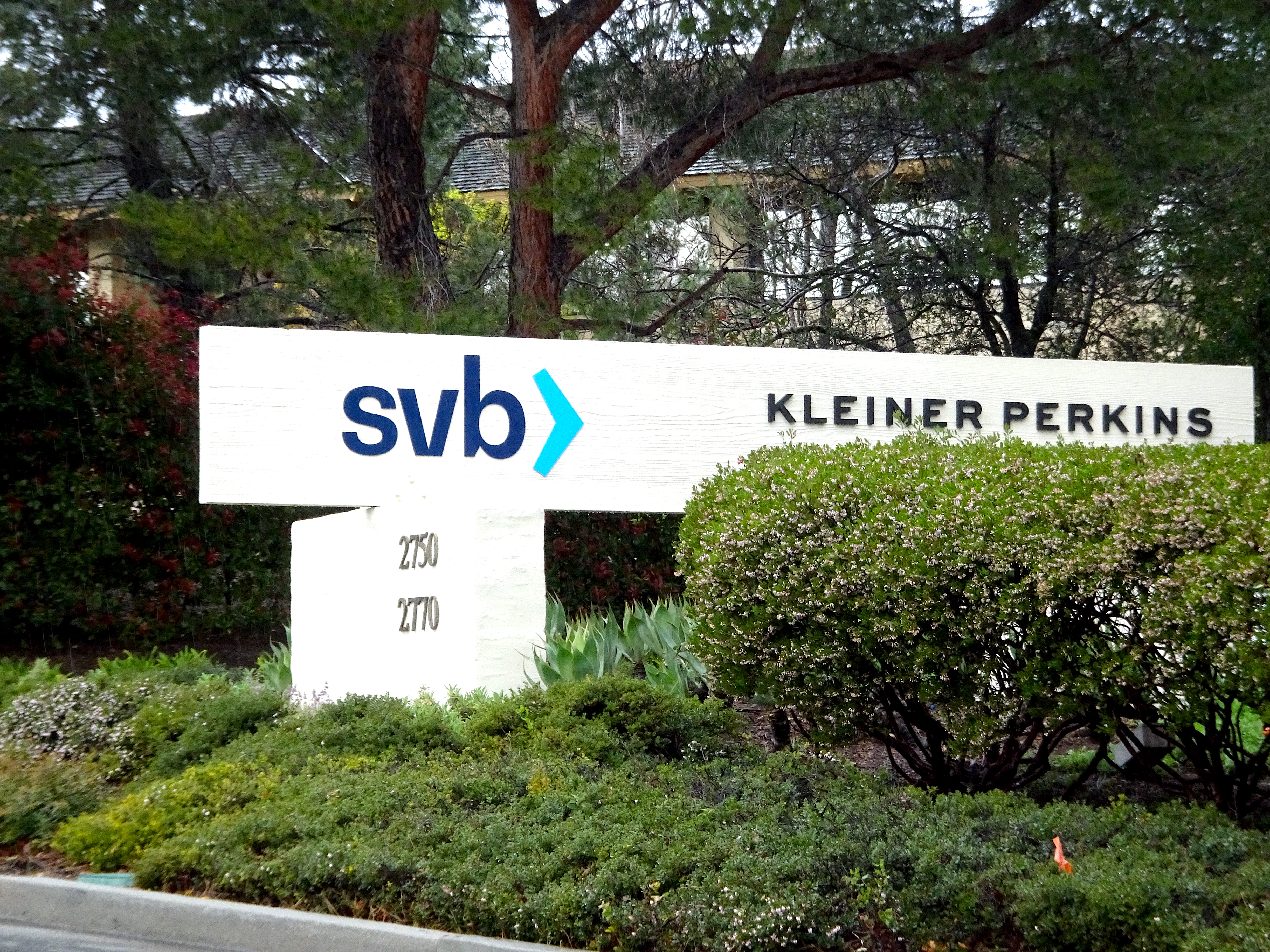 EMERGING TECH
EMERGING TECH
 EMERGING TECH
EMERGING TECH
 EMERGING TECH
EMERGING TECH
The U.S. government today interceded in the ongoing crisis caused by the collapse of Silicon Valley Bank on Friday by guaranteeing depositor funds and making them available to customers starting Monday.
The bailout isn’t officially a bailout, even if it clearly is in part, given the government’s intervention. Treasury Secretary Janet Yellen claimed on Sunday television that under no circumstances was the government planning on bailing out SVB until that’s exactly what it did for depositors several hours later.
As detailed in a joint media release from the Department of the Treasury, Federal Reserve and Federal Deposit Insurance Corp., the bailout guarantees depositor funds, including those above the FDIC insurance threshold of $250,000. An estimated 97% of all SVB customers held deposits of more than $250,000, including thousands of startups and tech companies.
The action very specifically extends to depositor funds, with SVB shareholders and debt holders not protected. The joint statement also notes that “no losses associated with the resolution of Silicon Valley Bank will be borne by the taxpayer” and then details how any funds spent in the depositor bailout “will be recovered by a special assessment on banks, as required by law.” A special assessment, in this case, would suggest that the government is planning on imposing a levy on other banks to cover the costs.
That Treasury had to do something following the collapse of SVB is not necessarily a given. Still, not intervening also ran the risk of contagion and not just in the banking sector but the broader economy. The real fear is that SVB won’t be the first bank to fall.
The fear of contagion is not named in the joint release, but it’s clearly the main driver, as along with the SVB depositor bailout, the Federal Reserve has also made funds available to other banks. In their words, the Federal Reserve “will make available additional funding to eligible depository institutions to help assure banks have the ability to meet the needs of all their depositors.” The Fed doesn’t make money available unless there is a need for it, suggesting that other banks may also be in trouble.
“The U.S. banking system remains resilient and on a solid foundation, in large part due to reforms that were made after the financial crisis that ensured better safeguards for the banking industry,” the joint statement says. “Those reforms combined with today’s actions demonstrate our commitment to take the necessary steps to ensure that depositors’ savings remain safe.”
How SVB got to this point will make for an interesting documentary on Netflix Inc. one day, complete with a colorful cast of characters. For example, several reports have suggested that it was Peter Thiel telling his clients to pull their funds from SVB that triggered the SVB bank run, although the issues around the bank were well-known before that.
Ultimately there will be Congressional hearings, various government investigations and more, presuming the government’s intervention with SVB works and other banks don’t collapse in the meantime. Although it will unlikely be asked, the broader question is not so much of bank regulation alone but broader macroeconomic policies.
SVB’s collapse didn’t come during a time of high growth and low interest rates but one of 40-year high inflation and rocketing interest rates. SVB’s management certainly does bear some responsibility — tying up money on low-interest government bonds while its head of risk assessment departed early last year — but the collapse of SVB does not exist in a bubble.
Support our mission to keep content open and free by engaging with theCUBE community. Join theCUBE’s Alumni Trust Network, where technology leaders connect, share intelligence and create opportunities.
Founded by tech visionaries John Furrier and Dave Vellante, SiliconANGLE Media has built a dynamic ecosystem of industry-leading digital media brands that reach 15+ million elite tech professionals. Our new proprietary theCUBE AI Video Cloud is breaking ground in audience interaction, leveraging theCUBEai.com neural network to help technology companies make data-driven decisions and stay at the forefront of industry conversations.